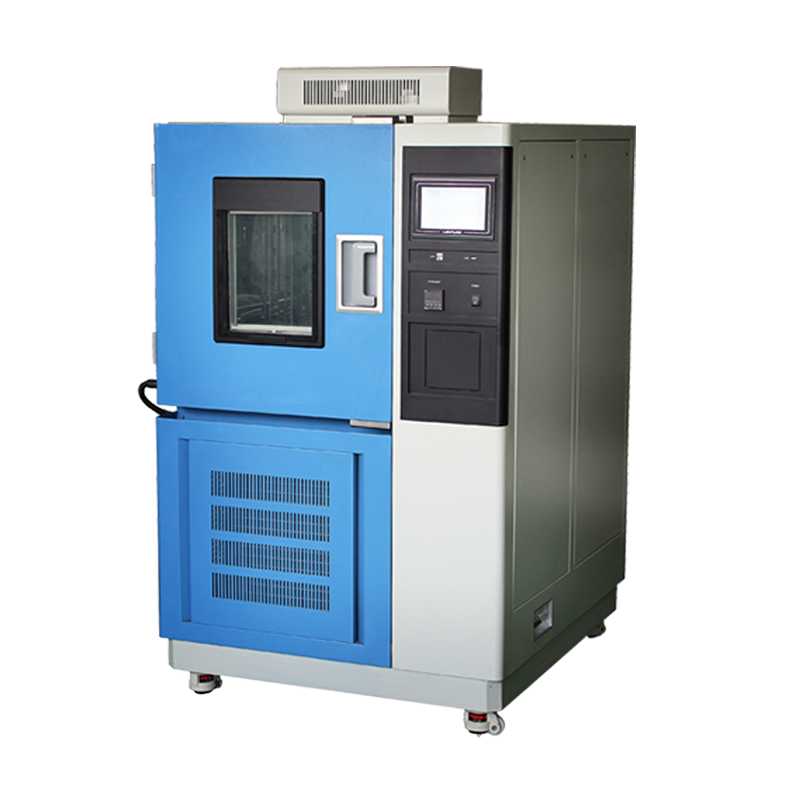A High and Low Temperature Alternating Humidity Test Chamber is a testing device used to simulate the durability of products under alternating high/low temperatures and humid environments. It evaluates the performance of items under various conditions, such as high temperature, low temperature, high humidity, and low humidity, to assess their durability and reliability. These test chambers are widely used in industries such as electronics, appliances, automotive, aerospace, and construction materials.
The causes of rust in High and Low Temperature Alternating Humidity Test Chamber may include the following:

-
Poor Material Quality – If the internal and external materials of the test chamber are of low quality, they are more prone to rust, especially under high temperatures and humid conditions, which accelerate corrosion.
-
Excessive Humidity – Humidity is a critical factor in temperature and humidity cycling tests. If the humidity is too high, water may accumulate inside the chamber, speeding up the corrosion and oxidation of metal components.
-
Improper Maintenance – If the test chamber is not regularly maintained (e.g., cleaning, repainting), the internal and external materials may deteriorate and corrode over time.
-
Chemical Reactions – Various chemical agents are often used in temperature and humidity cycling tests. These chemicals may react with the chamber’s materials, leading to corrosion and oxidation.
To prevent rust in High and Low Temperature Alternating Humidity Test Chamber, it is essential to ensure high-quality materials, control humidity levels, perform regular maintenance, and minimize exposure to corrosive chemicals.













